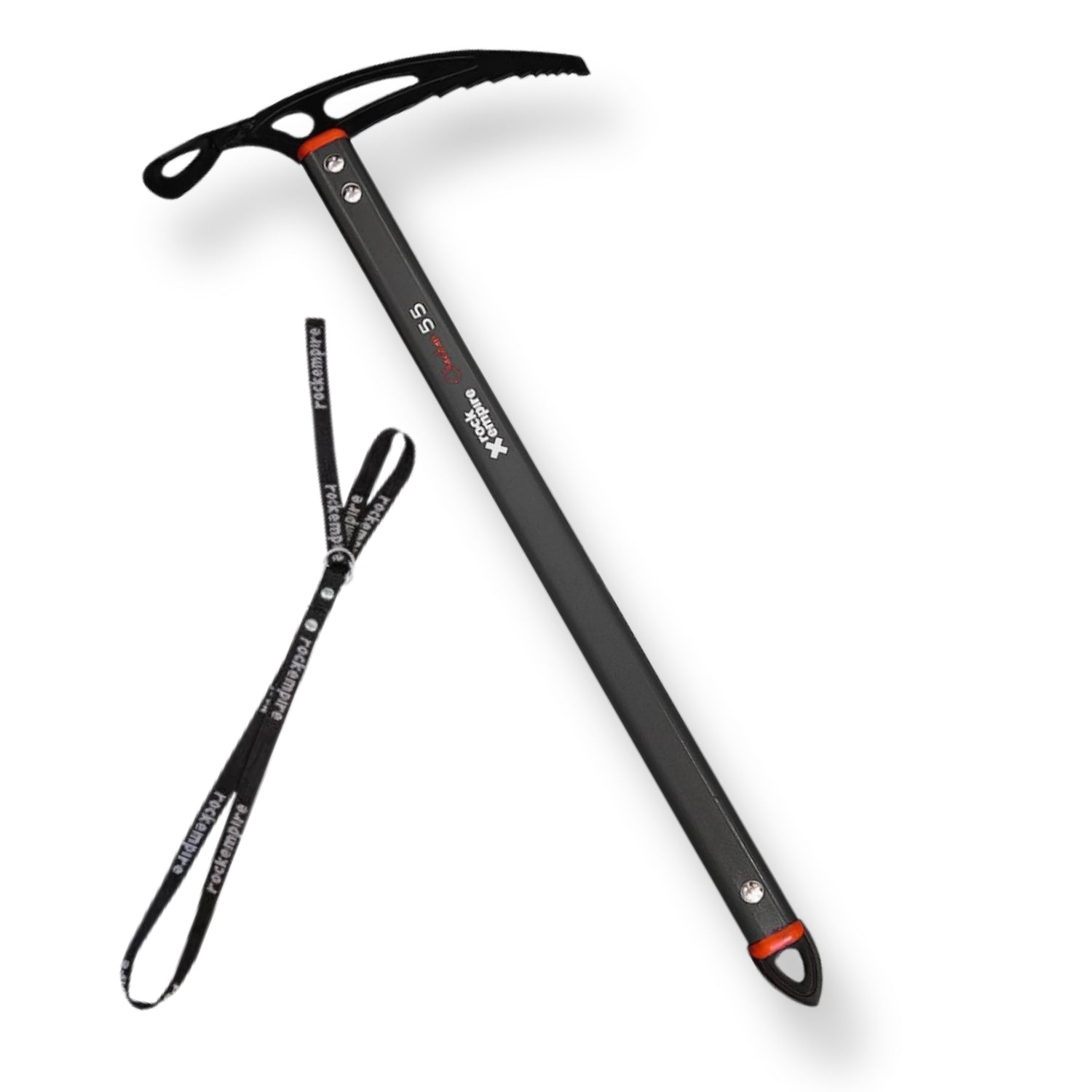By Jonathan Doyle & Rock + Run
It’s the first time you’ve gone sport climbing outside of the gym, you’ve been climbing indoors for some time, so naturally it’s the logical progression. You’ve just finished your first lead and as you look up, you’re likely to see two metal rings hanging from a two-bolt lower-off. What?! Wait, there’s nothing to clip-in to? You take in a deep breath and shout down to your belayer asking what to do. This situation is an all-too-familiar memory for many climbers from their early days. Here at Rock + Run, we have compiled a short guide, incorporating tutorial videos, to ensure you never find yourself in this predicament.
Safety Lanyard
Whist it is common to see climbers securing themselves to a lower-off with back-to-back quickdraws, it is more advisable to have a specific safety lanyard permanently fixed to your harness whilst sport climbing. This can be a suitable length sling – a 60cm Nylon sling works fine – larks-footed through the belay loop area with a screwgate carabiner at the opposite end or an adjustable, purpose made device like the Petzl Connect Adjust or Metolius PAS. Be aware that this connection point between you and the lower-off anchor is not dynamic in the same way a longer length of climbing rope is and therefore avoid shock loading the lanyard. Large forces can be transferred even over short distances and this is why via ferrata kits have specific mechanisms for dissipating these kinds of shock loads. Finally, do not use a daisy-chain as your lanyard as the stitch points are only tested to fairly low breaking strains and it is simply not designed for this purpose.
Communication
Communication between you and your belayer is paramount. For example, once you have reached the anchor and attached yourself securely to it, you need to be able to communicate to your belayer so they can give you a couple of metres of slack to rethread the bolts. Most of the time you will be in shouting distance, however there may be the odd occasion where this won’t be the case. In this situation, it’s a good idea to have previously agreed on a rope-tug system to identify when you are ready for the next step in the procedure. At any rate, both you and your belayer should have a clear idea of the rigging procedure so that there are no surprises. In addition, it is perhaps a good idea to keep the general chit-chat to a minimum to avoid confusion and thus decrease the opportunity for mistakes to be made.
The Lowering Off Procedure
Method One
There are two main rigging methods. The first method is generally the fastest and can be done when the anchor is equipped with larger rings, and it involves pulling a bite of rope through them.
Method Two
The second method is used when the anchor is equipped with small rings, where a loop cannot be threaded. This time only one strand can be pulled through and therefore a sequence of untying and retying into the rope must be carried out.
Disclaimer
If you are uncertain with any part of the the rigging procedure, we recommend and urge you to seek professional instruction.
Credits
Thanks to Ben Humphris (MIA) and our partners Lancaster University Climbing Wall for their skills, assistance and use of facilities.















